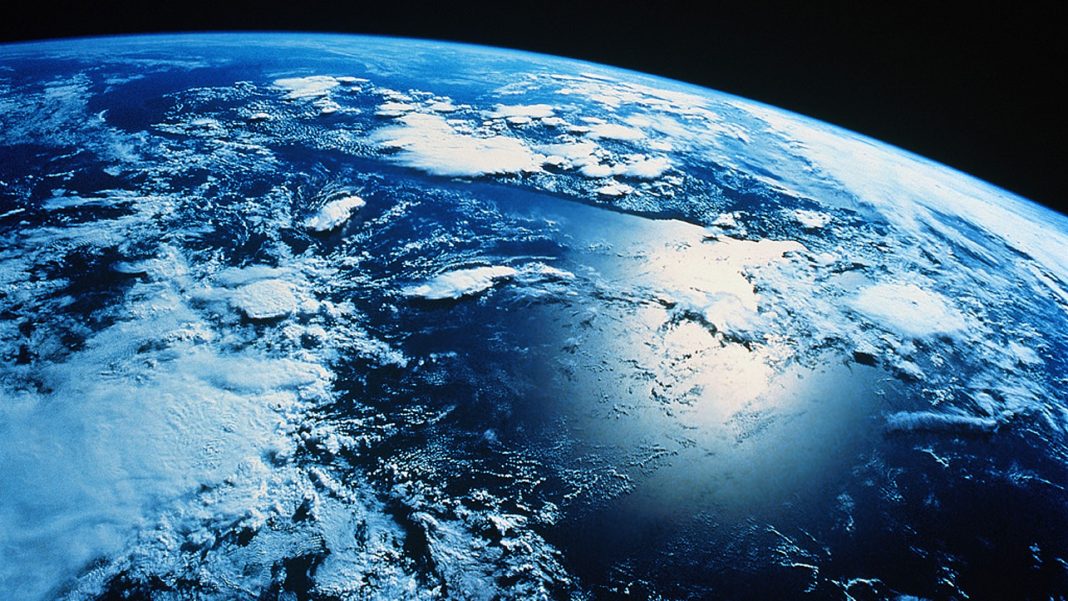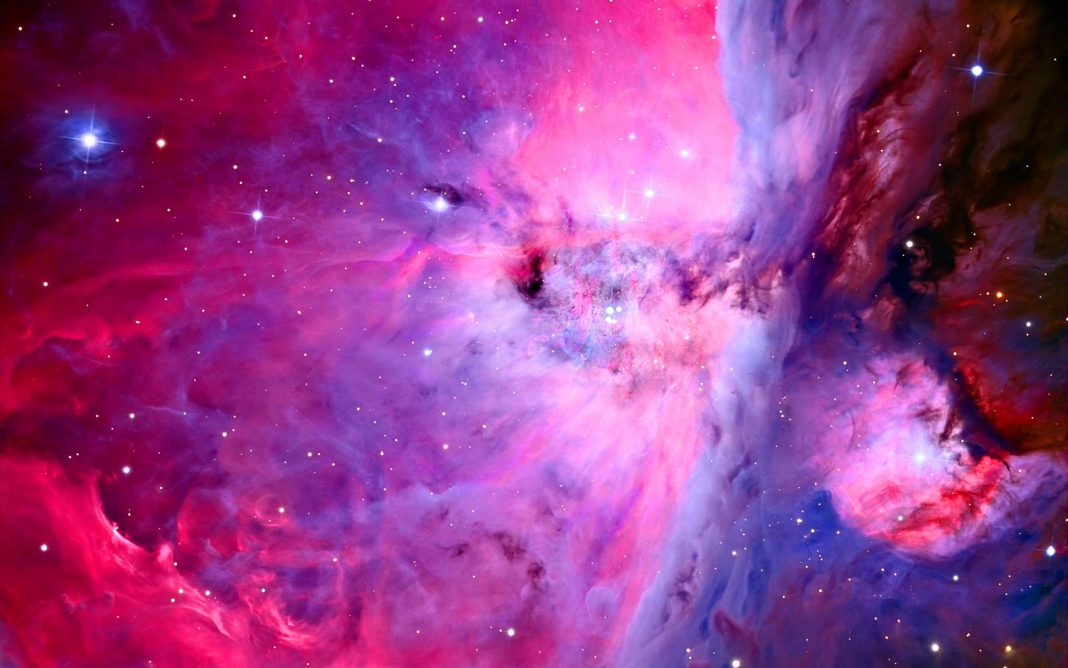Don’t get me wrong, I love the Earth and all that comes with it, but why does the planet exist? That’s a question scientists have been trying to get to the bottom of for a long time now, but so far, have had very little success. However, a new theory’s been formed about how the Earth originated that may well hold all the answers we need.
Most scientists use the widely used explanation of how our planet formed that focuses on materials orbiting the sun, that eventually bunched together to form planets. It may be a little far-fetched, (as how would a planet that’s so rocky and iron-rich stick together in the first place), but it’s the most plausible one we had.
However, a new theory has been introduced by Alexander Hubbard, a Ph.D. in Astronomy, who currently works alongside the American Museum of Natural History. His idea is that the sun went through a volatile period where it roasted most of the material that was within in its reach, stretching out as far as Mars. The softened materials would have then bunched together to form planets and hence why the worlds of Earth, Mars, Mercury, and Venus have such rocky terrain.
Hubbard does have some reasoning behind his theory – it isn’t just a guess. His idea is largely based on an observed behavior that an infant star displays as it goes through a phase like that of our sun. FU Orionis is now 100 times brighter now than it was when first observed in 1936, and Hubbard proposes that if our sun did the same thing all these years ago it could have been just what was needed in order for our planet to form.
Related Links;
- Scientists finally have a decent guess as to why Earth exists
- Earth may have been born in a huge flare-up of the young sun
More News to Read











